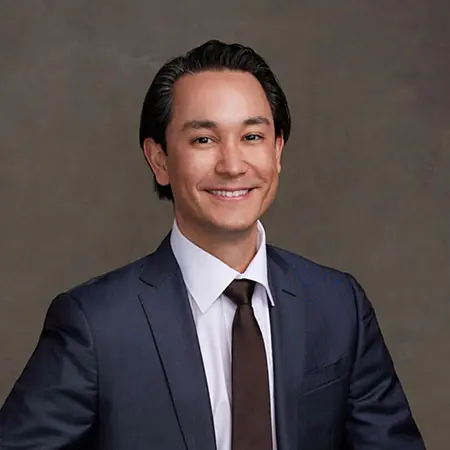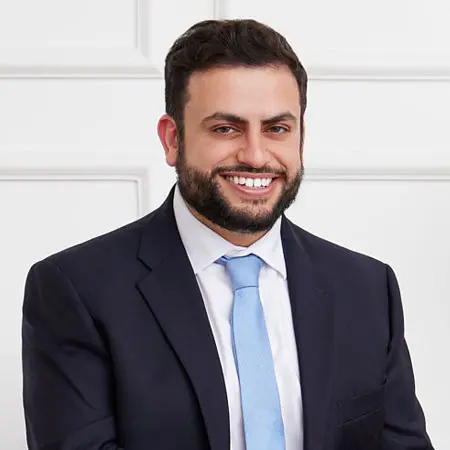February 07, 2022 | Facelift
3 minute read
For someone interested in facial rejuvenation surgery, the sheer amount of information and terminology available online can be confusing and overwhelming. This is particularly true with respect to facelift surgery. There are many types of lift surgeries and different types of facelifts, making it difficult for someone to figure out what they really need. We will help define some of the common terminology, so you may have a better understanding of the various types of surgeries.
When we refer to a facelift surgery, we are referring to a surgery that lifts the tissue of the lower face and upper neck. Think jowls and loose skin under the neck. There are many other “lift” surgeries that address other parts of the face such as a brow or forehead lift, temporal (temple) lift, or midface lift. A facelift does not treat these other areas. However, a facelift is often performed together with these other lift procedures.
During a facelift surgery sagging skin is repositioned, excess fat, tissue and skin are removed, and the underlying musculature, also known as the SMAS layer, is re-suspended for longer-lasting and natural results. The skin incisions are typically hidden around the ears and into the hairline.
There exists a great variety of different facelift surgeries, which can be another source of confusion for many people. There has been a great deal of marketing for lifting treatments referred to by names such as the mini-lift, the weekend lift, and the lunchtime lift. Most of these “drive-thru” lifts rely on very minimal, if any, dissection. Therefore, the longevity of the results from such techniques is short lived – only about 2-3 years and can leave visible scars. Dr. Kridel and Dr. Delaney do not perform these types of procedures.
SMAS-plication facelift refers to the technique in which the SMAS layer is folder up onto itself and secured with sutures to restore the face to a more youthful appearance. A Deep-plane facelift refers to a similar vector of redraping, except the SMAS layer is cut open and freed up from below. There exist many more variations of these two techniques with minor modifications here and there that each have their own unique names. Dr. Kridel and Dr. Delaney prefer to perform SMAS-plication facelift surgeries for their patients. At the end of the day, we believe that having consistently excellent and safe results is more important than the name of the technique used.
If you are looking for a refreshed look for one or more facial areas, it is not essential that you know exactly what procedures you would need, because Dr. Kridel and Dr. Delaney are board-certified facial plastic surgeons who can provide you with treatment recommendations depending on your anatomy and concerns.




